The First Alert Smoke and Carbon Monoxide Detector is a state-of-the-art device designed to provide early warnings for both smoke and CO leaks, ensuring home safety. It meets UL 217 and 2034 standards, offering reliable detection with advanced sensing technology for optimal protection.
Overview of the Detector’s Purpose and Importance
The First Alert Smoke and Carbon Monoxide Detector is designed to protect homes by detecting dangerous levels of smoke and carbon monoxide (CO). Its primary purpose is to alert residents of potential fire hazards and CO poisoning, which are silent and odorless threats. By providing early warnings, it helps prevent tragic outcomes, ensuring safety and peace of mind. The detector combines advanced smoke and CO sensing technologies to monitor the environment continuously; It is essential for every home, as smoke and CO leaks can occur without warning, often when occupants are asleep or unaware of the danger. Regular maintenance and proper installation are critical to ensuring its reliability and effectiveness in life-threatening situations.

Key Features of the First Alert Smoke and Carbon Monoxide Detector
The First Alert Smoke and Carbon Monoxide Detector offers dual protection with a combination of smoke and CO sensing technologies. It features advanced sensors that detect both fast-flaming and smoldering fires, as well as low levels of CO over time. The device includes a loud, pulsing alarm tone and a flashing red LED to alert residents visually and audibly. It also has a battery backup system, ensuring functionality during power outages. Additionally, the detector is equipped with smart technology designed to reduce nuisance alarms caused by cooking or steam. This feature enhances reliability without compromising sensitivity. The unit is easy to install and maintain, with a test/silence button for quick functionality checks and a clear digital display for alarm details. These features make it a comprehensive and reliable safety solution for homes.
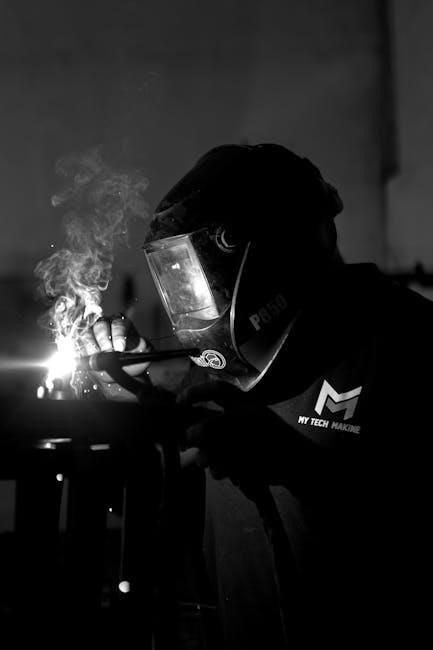
Installation and Setup Guidelines
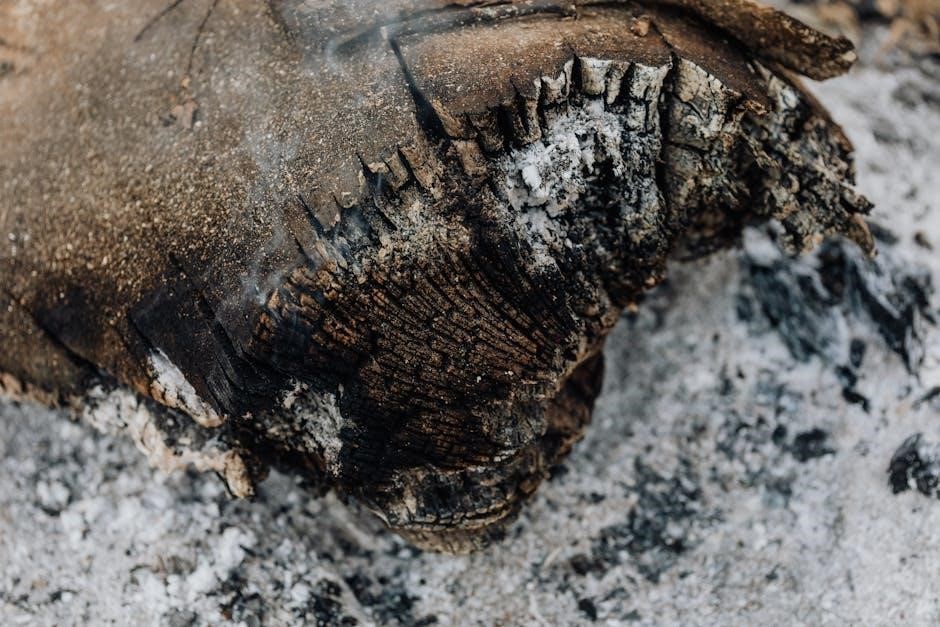
Install the First Alert Smoke and Carbon Monoxide Detector on ceilings or walls, ensuring it is within 3 feet of the peak on peaked, gabled, or cathedral ceilings for optimal detection.
Choosing the Right Location for the Detector
Choosing the right location for your First Alert Smoke and Carbon Monoxide Detector is crucial for ensuring its effectiveness. Install the detector on ceilings or walls, at least 12 inches away from any corners. For peaked, gabled, or cathedral ceilings, place the detector within 3 feet of the peak, measured horizontally. Avoid areas near windows, doors, or ducts to minimize false alarms. Ensure the detector is in a central location to cover the maximum area, such as near bedrooms or living spaces. Proper placement ensures early detection of smoke and carbon monoxide, providing essential time to react in an emergency.
Step-by-Step Installation Process
Installing the First Alert Smoke and Carbon Monoxide Detector involves a few straightforward steps. Begin by turning off the AC power at the circuit breaker or fuse box. For battery-powered models, remove the battery to prevent accidental activation during installation. Mount the bracket to the ceiling or wall using the provided screws, ensuring it is level and secure. Attach the detector to the bracket and restore power or reinsert the battery. Finally, test the alarm by pressing the test button to ensure it sounds and the LED flashes. This process ensures the detector is properly installed and ready to provide reliable protection. Regular testing is recommended to maintain functionality.
Special Considerations for Different Ceiling Types
For various ceiling types, specific installation guidelines ensure optimal performance. On peaked, gabled, or cathedral ceilings, install the detector within 3 feet of the peak, measured horizontally. For flat ceilings, center the detector in the room. Ensure the detector is at least 4 inches away from walls and 3 feet away from vents or fans to avoid interference. If installing on a sloped ceiling, maintain a level position to ensure proper sensor functionality. Always follow the manufacturer’s instructions for your specific ceiling type to maximize detection accuracy and reliability. Proper placement ensures the detector operates effectively, providing early warnings for smoke and carbon monoxide threats. Regular testing after installation confirms functionality.

Maintenance and Troubleshooting
Regularly test the alarm and clean the detector to ensure proper functionality. Replace batteries annually or as indicated, and address false alarms by checking for dust or cooking fumes interference.

Testing the Alarm and Ensuring Proper Functionality
To ensure the First Alert Smoke and Carbon Monoxide Detector works correctly, test it monthly by pressing the test button. This action triggers the alarm tone and flashes the red LED, confirming the unit is operational. Additionally, check for proper functionality by verifying the alarm’s response to both smoke and CO sources. Use the hush feature to temporarily silence nuisance alarms caused by cooking or steam. Regularly inspect the detector for dust or debris, which may interfere with performance. Replace batteries annually or when the low-battery warning sounds. Finally, ensure the alarm is interconnected with other units in the home for comprehensive protection. Always follow the manufacturer’s guidelines for testing and maintenance to maintain reliability and safety.
Replacing the Battery and Understanding Battery Backup
Replace the 9-volt battery annually or when the low-battery warning sounds. Ensure the detector is turned off and the power source disconnected before replacing. Open the compartment, remove the old battery, and insert the new one correctly. The battery backup ensures the alarm remains functional during power outages. Always use a high-quality 9-volt battery to maintain reliability. After replacement, test the alarm by pressing the test button to confirm proper operation. Proper battery maintenance is critical for continuous protection against smoke and CO threats. Dispose of the old battery responsibly. Refer to the manual for specific instructions on models with different battery configurations or backup systems. Regular battery replacement ensures your safety remains uninterrupted.
Resolving Nuisance Alarms and False Notifications
Nuisance alarms on the First Alert Smoke and Carbon Monoxide Detector can often be resolved by addressing common causes such as cooking fumes, steam, or humidity. Pressing the ALARM ACK button silences the tone and displays the alarm details. Ensure the detector is not installed near kitchens or bathrooms to reduce false triggers. Regularly cleaning the sensor with a vacuum or soft brush can prevent dust buildup. If the issue persists, check for proper installation and ensure the detector is at least 6 feet away from fuel-burning appliances. The latching alarm indicator helps identify which unit triggered the alarm. Smart technology reduces nuisance alarms by differentiating between smoke and non-emergency particles. Always refer to the manual for specific troubleshooting steps to restore normal operation and prevent unnecessary disruptions. Proper maintenance ensures reliable performance and minimizes false notifications. Regularly inspecting and maintaining the detector is essential for accurate alerts. By addressing these factors, you can enjoy uninterrupted protection while minimizing false alarms. Always follow the manufacturer’s guidelines for resolving issues to maintain safety and functionality. If problems persist, consider replacing the detector or consulting a professional for assistance. This ensures your home remains protected without unnecessary interruptions. Understanding the causes of false notifications and taking proactive steps can significantly enhance your experience with the First Alert Smoke and Carbon Monoxide Detector. Always prioritize maintenance to ensure the device operates at its best, providing you with peace of mind and reliable protection. Regular checks and proper care are key to avoiding false alarms and ensuring the detector functions as intended. By following these steps, you can enjoy a safer home environment with minimal disruptions. Always stay informed about the latest updates and guidelines for your detector to maximize its performance and reliability. Your safety is the top priority, and proper maintenance ensures the detector works when it matters most. Never ignore persistent issues, as they may indicate a deeper problem requiring professional attention. Addressing nuisance alarms promptly ensures the detector remains a trusted guardian of your home’s safety. Always keep the user manual handy for quick reference and troubleshooting. With proper care and attention, the First Alert Smoke and Carbon Monoxide Detector will provide years of reliable service, safeguarding your family and property from hidden dangers. Never underestimate the importance of regular maintenance in ensuring the detector’s accuracy and effectiveness. By taking these steps, you can enjoy a safer, more secure living environment with minimal false alarms. Always remember, your detector is a vital part of your home’s safety system, and its proper functioning is essential for your well-being. Stay proactive in maintaining it to ensure it works flawlessly when needed. Understanding and addressing the root causes of false notifications can significantly improve your overall experience with the detector. Always prioritize your safety by ensuring the detector is in optimal working condition. Regular inspections and timely resolution of issues are crucial for maintaining its reliability. By following the manufacturer’s recommendations and taking a proactive approach to maintenance, you can minimize false alarms and enjoy the peace of mind that comes with knowing your home is protected. Always stay vigilant and address any concerns promptly to ensure the detector continues to serve as a reliable safeguard against smoke and carbon monoxide threats. Your safety depends on it.
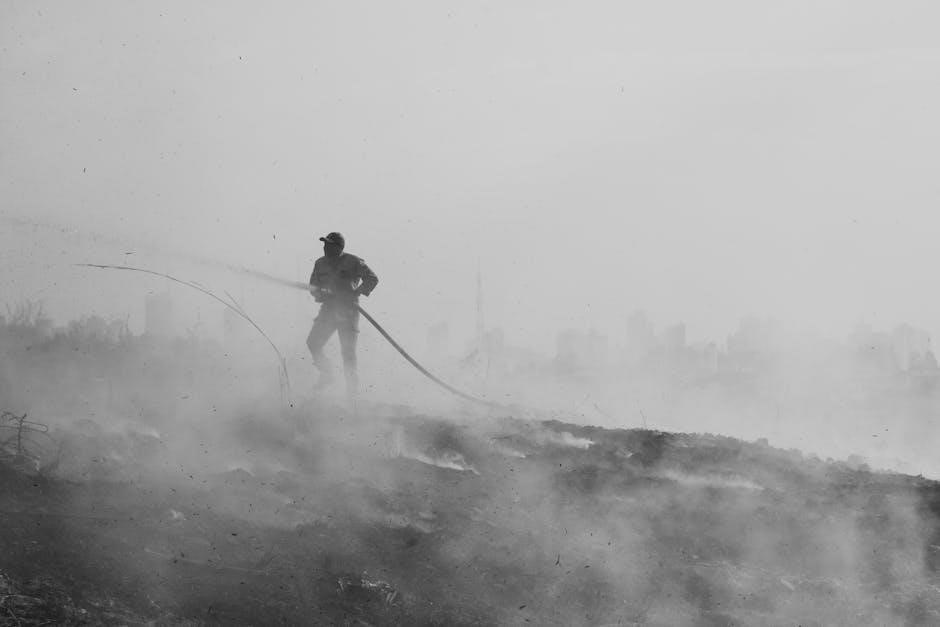
Understanding the Technology Behind the Detector
The First Alert detector uses advanced sensing technology, meeting UL standards, to detect smoke and CO. It combines these capabilities into one unit, reducing false alarms with smart features.
How Smoke Detection Works

The First Alert Smoke and Carbon Monoxide Detector uses advanced sensing technology to detect smoke particles in the air. When smoke enters the detector, it triggers the sensor, which activates the alarm. This ensures early warning in case of a fire, providing crucial time to react. The detector employs both ionization and photoelectric sensors, which are effective at detecting different types of fires. By monitoring air quality continuously, it offers reliable protection against fire hazards. The combination of these technologies ensures that the detector can identify smoke quickly and accurately, making it a vital safety device for homes.
How Carbon Monoxide Detection Works
The First Alert Smoke and Carbon Monoxide Detector uses an electrochemical sensor to detect carbon monoxide levels in the air. When CO is present, the sensor triggers an alarm if dangerous concentrations are reached. Unlike smoke detection, CO detection relies on measuring the accumulation of gas molecules over time. The detector is designed to alert occupants before CO levels become life-threatening. It is important to note that CO detectors do not detect smoke or other gases, emphasizing the need for a combination device. The sensor’s accuracy ensures early warnings, providing critical time to evacuate and address potential leaks from fuel-burning appliances or other sources. Regular maintenance, as outlined in the manual, ensures optimal performance and reliability.
Smart Technology and Reduced Nuisance Alarms
The First Alert Smoke and Carbon Monoxide Detector incorporates advanced smart technology to minimize nuisance alarms while maintaining reliable detection. Its Precision Detection feature uses sophisticated algorithms to differentiate between harmful particles and everyday cooking smoke, reducing false alerts. Compatible with smart home systems like Google Home, the detector integrates seamlessly with your connected devices, providing real-time notifications and remote monitoring. This smart technology ensures early warnings for potential threats while filtering out non-emergency triggers, offering greater peace of mind. Additionally, the detector’s advanced sensors adjust sensitivity based on environmental conditions, further enhancing accuracy and reducing unnecessary alarms. This combination of innovation and reliability makes it a superior choice for modern home safety needs.
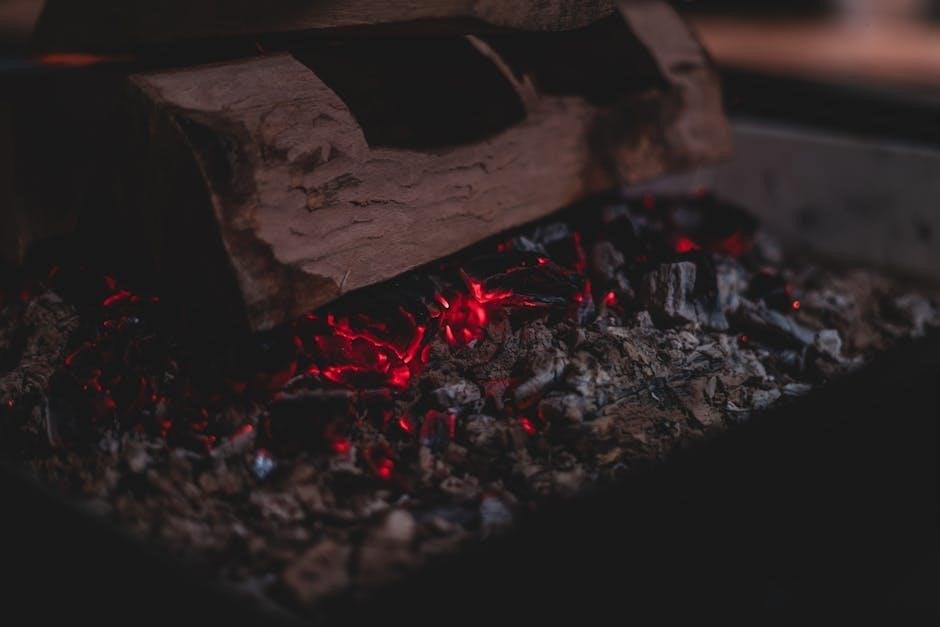
Troubleshooting Common Issues
Address common issues like alarms not sounding or false notifications by checking power sources, cleaning sensors, and resetting the detector to ensure proper functionality and accuracy.
Why the Alarm Might Not Sound
If the First Alert Smoke and Carbon Monoxide Detector fails to sound, several factors could be at play. One common issue is a lack of power; ensure the device is properly connected to a power source or that the battery is fresh and correctly installed. Dirt or dust accumulation on the sensor can also mute the alarm, so regular cleaning is essential. Additionally, expired or faulty sensors may fail to detect hazards, necessitating replacement. Finally, check for any error codes or indicators on the display, as they can provide clues to specific problems that need addressing. Addressing these issues promptly ensures reliable protection.
Handling False Alarms and Error Codes
False alarms on the First Alert Smoke and Carbon Monoxide Detector can often be resolved by pressing the ALARM ACK button to silence the tone and view details. Regularly cleaning the sensor with a vacuum can prevent dust-related false triggers. If error codes appear, refer to the user manual to identify the issue. Ensuring a fresh battery is installed and checking for proper installation can also address many problems. Addressing these issues promptly ensures the detector functions accurately and provides reliable protection, avoiding potential hazards from undetected threats.
Resetting the Detector After an Alarm
To reset the First Alert Smoke and Carbon Monoxide Detector after an alarm, press and hold the ALARM ACK button until the tone stops. If the alarm was triggered by smoke or CO, ensure the area is ventilated and the source of the hazard is addressed. For hardwired models, turn off the AC power at the circuit breaker, remove the battery (if applicable), and press the test button for 10 seconds to reset. Reinstall the battery and restore power. The detector will automatically reset and begin monitoring again. Always verify the alarm was not caused by a genuine threat before resetting to ensure safety.
The First Alert Smoke and Carbon Monoxide Detector is a state-of-the-art device providing early warnings for fire or CO exposure, ensuring home safety with advanced technology. Regular maintenance is crucial for optimal performance.
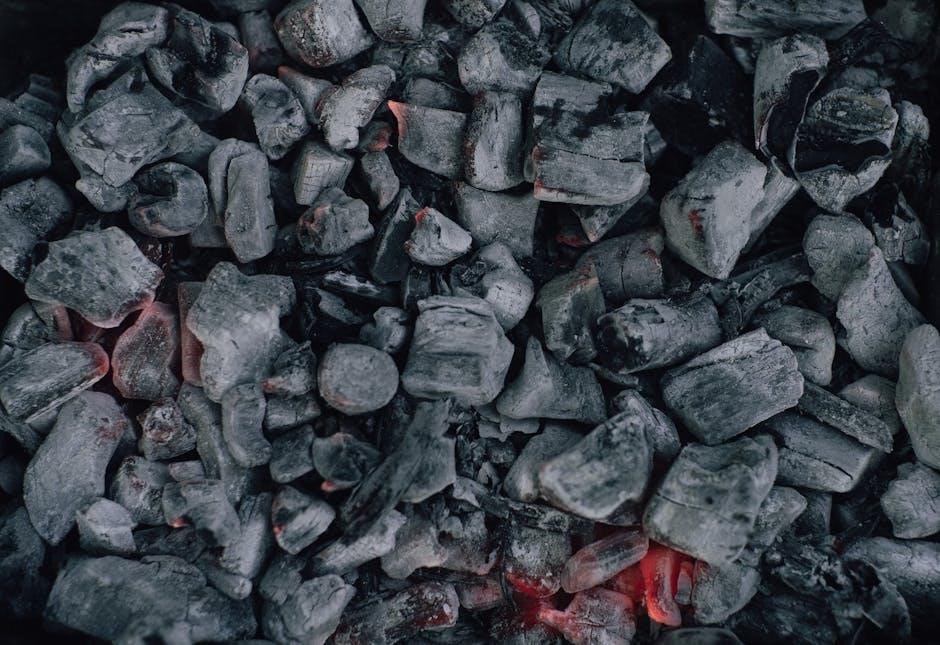
Importance of Regular Maintenance
Regular maintenance is essential to ensure the optimal performance of your First Alert Smoke and Carbon Monoxide Detector. This includes testing the alarm monthly, replacing the battery annually, and cleaning the device to prevent dust buildup. Failure to maintain the detector can lead to reduced sensitivity and false alarms. Always follow the manufacturer’s guidelines, such as checking expiration dates and replacing the unit every 10 years. Proper upkeep ensures your detector remains reliable, providing critical early warnings in case of emergencies. Neglecting maintenance can compromise your safety, making regular checks a vital part of home security.
Final Tips for Optimal Performance
To maximize your First Alert Smoke and Carbon Monoxide Detector’s effectiveness, ensure it is installed in compliance with local regulations and manufacturer guidelines. Position detectors at least 10 feet away from cooking appliances to minimize false alarms. Test the alarm monthly and replace batteries annually or as indicated by the device. Always keep the detector clean and free from dust. Replace the unit every 10 years or when it shows signs of wear. By following these tips, you can ensure your detector operates reliably, providing peace of mind and protecting your home and family from potential threats. Regular checks and adherence to maintenance schedules are key to optimal performance.
